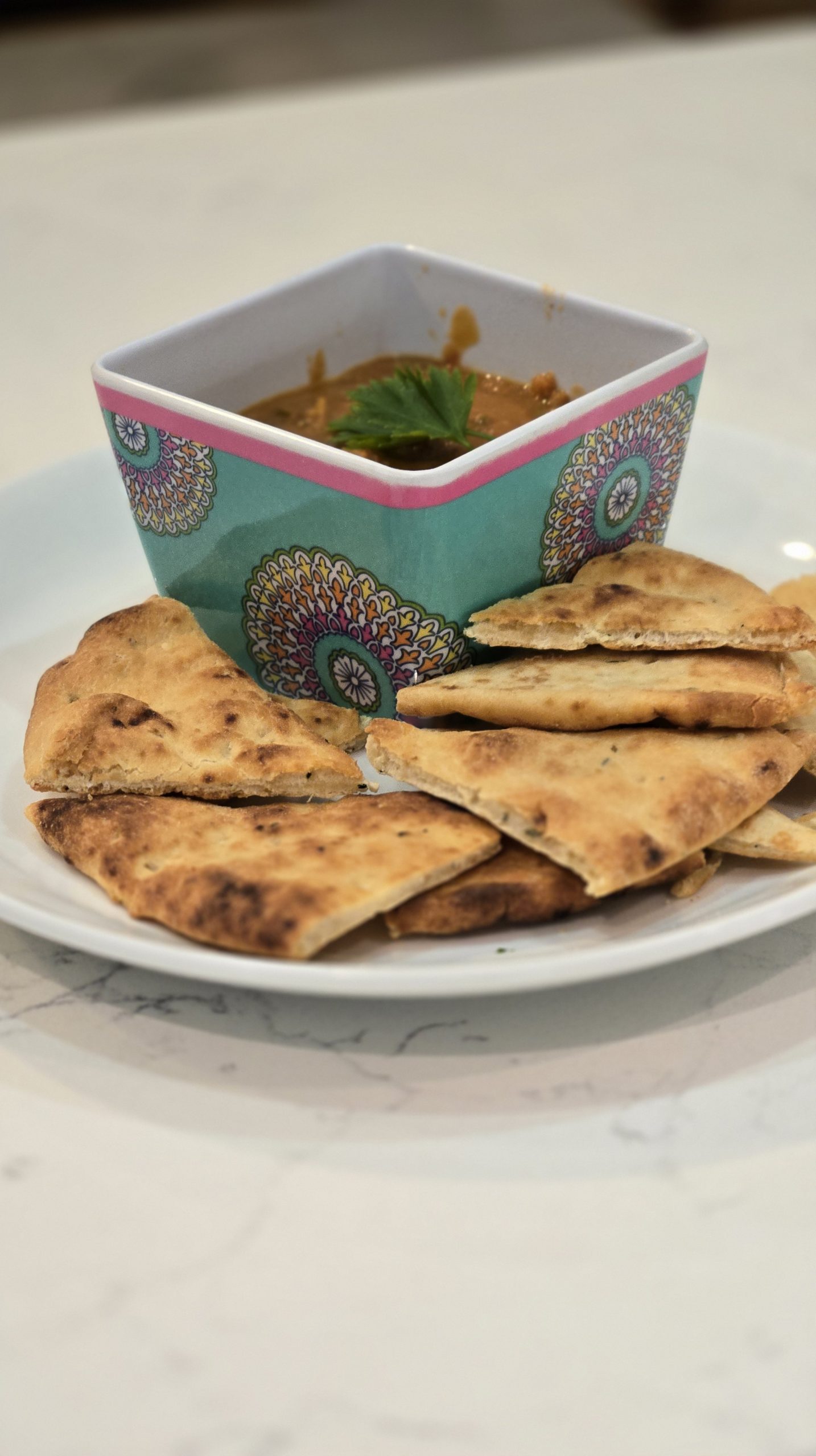
Worldwide Food Tour – Yemen
A Staple of Yemeni Cuisine
Foul (or Ful) Medames is a beloved Middle Eastern and North African dish, and in Yemen, it takes on a unique rich, spiced, and aromatic flavor. This dish, made from slow-cooked fava beans, is a staple of Yemeni breakfasts, often served with fresh bread, eggs, and a variety of condiments.
Yemeni foul is more than just a meal—it’s a deeply cultural and social dish, bringing families and communities together, whether at home or in bustling street-side eateries.
The History: A Dish with Ancient Roots
Foul has been eaten for thousands of years, with origins tracing back to Ancient Egypt, where fava beans were a cheap and filling food for laborers. As trade routes expanded, different regions developed their own variations of foul, including Lebanon, Sudan, Ethiopia, and Yemen.
In Yemen, foul is influenced by the country’s spice-rich cuisine, incorporating garlic, tomatoes, chilies, cumin, and fragrant olive oil or ghee. It is commonly enjoyed as a hearty breakfast or street food, keeping Yemenis full and energized throughout the day.
What is Yemeni Foul?
Yemeni foul is a slow-cooked, mashed fava bean dish, often flavored with garlic, tomatoes, chilies, and spices, and served with warm flatbread for scooping.
Essential Ingredients of Yemeni Foul:
- Fava Beans (Foul/Ful): Slow-cooked until soft and mashed slightly.
- Garlic & Onions: For depth and fragrance.
- Tomatoes: Adds acidity and sweetness.
- Green Chilies: A key element in Yemeni cuisine, providing heat.
- Cumin & Coriander: Earthy spices that enhance the beans.
- Olive Oil or Ghee: For richness and flavor.
- Lemon Juice: Adds brightness and balances the richness.
Optional Toppings & Accompaniments:
- Chopped parsley & onions – For freshness.
- Crumbled cheese or yogurt – A creamy contrast.
- Boiled or fried eggs – Commonly served alongside.
- Flatbread (Malawah or Tawa Bread) – Used to scoop up the foul.
Tasting Notes: Earthy, Spiced, and Satisfying
Yemeni foul is rich, hearty, and deeply flavorful:
- The fava beans are creamy and earthy, absorbing the warm spices.
- The garlic and chilies provide a bold, smoky kick.
- The tomatoes add a slight sweetness and acidity.
- The olive oil or ghee creates a smooth, velvety texture.
- The lemon juice cuts through the richness, making each bite balanced and satisfying.
This dish is both simple and complex, a perfect balance of rustic flavors and fragrant spices.
How Yemeni Foul is Served
Yemeni foul is a communal dish, often served in a clay pot (madra) and eaten with hands or bread.
Traditional Serving Style:
- Foul is ladled into a deep dish or clay bowl.
- A drizzle of olive oil or melted ghee is added for richness.
- Toppings like onions, parsley, and chilies are sprinkled on top.
- Served with warm Yemeni bread (Tawa, Malawah, or Khubz).
- Boiled or fried eggs on the side for extra protein.
Yemeni foul is often paired with sweet spiced tea (Shai Adeni), balancing the dish’s savory and spicy flavors.
Why Yemeni Foul is a National Favorite
✔ Nutritious & Filling – Packed with protein, fiber, and healthy fats.
✔ Rich & Flavorful – A bold, spiced version of a traditional dish.
✔ Easy to Make – Requires simple ingredients, yet delivers complex flavors.
✔ Deeply Traditional – A dish enjoyed for centuries in Yemeni homes and cafes.
✔ Perfect for Sharing – A communal meal that brings families together.
Whether enjoyed at a street-side stall in Sana’a or homemade in a village kitchen, Yemeni foul remains one of the country’s most cherished dishes.